To commemorate the 50th anniversary of Apollo, I made another bike ride to visit the Apollo test site on Magic Mountain. The R-4D rocket engines were tested here, as well as other places. These engines were used in the reaction control systems (RCS) of the Lunar Orbiter, Apollo Service Module and Apollo Lunar Module. The RCS was used to maneuver the spacecraft. The engines were designed, built, and tested by the people of the Marquardt Corporation
This link is to the final report by the Marquardt Corporation
With some pride perhaps, the report states that
“In addition, during the Apollo 11 lunar landing, the engines were fired to translate the LM vehicle away from the rocky crater that was the initial landing site to the final landing site.”
As for Magic Mountain:
“Sea Level System Test Cell – M-3; Magic Mountain
The remote Marquardt Rocket Test Laboratory at the top of Magic Mountain
was established for rocket testing with highly reactive and/or toxic propellants.
This laboratory is some 31 miles from the Van Nuys, California plant and is at an
elevation of 4,860 feet. The sea level systems test stand, M-3, is located within
this laboratory, see Figures 17 and 18. ”
The remote Marquardt Rocket Test Laboratory at the top of Magic Mountain
was established for rocket testing with highly reactive and/or toxic propellants.
This laboratory is some 31 miles from the Van Nuys, California plant and is at an
elevation of 4,860 feet. The sea level systems test stand, M-3, is located within
this laboratory, see Figures 17 and 18. ”
It is a shame that the photographs of the test site are not reproduced at all well in the document; it would have been great to see what the facility looked like over 50 years ago.
Here is the account of my previous activation and bike ride to Magic Mountain:
Now for the trip….I started the ride at 0625 up the Santa Clara Divide Road 3N17 which had a locked gate at the start. I parked at the Bear Divide picnic area nearby, which is just off the main road: Little Tujunga and Sand Canyon. After about half a mile I came upon a severe washout! In the intense storms of the last couple of months the road had disappeared, leaving a drop of at least 30 feet and then deeper down into the canyon below. I took this photo on the way back down….the road was utterly impassable by cars or trucks!
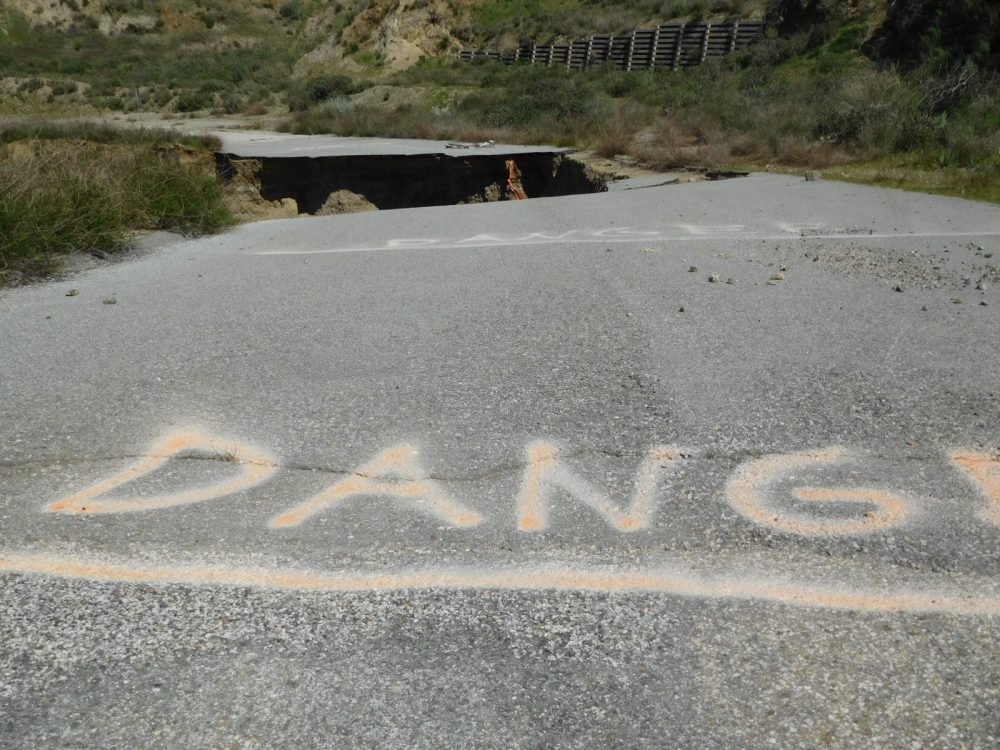
As I continued up, mainly pushing the bike, there was a lot of rocky debris on the road
There were two short downhill sections on the ascent, this is one:
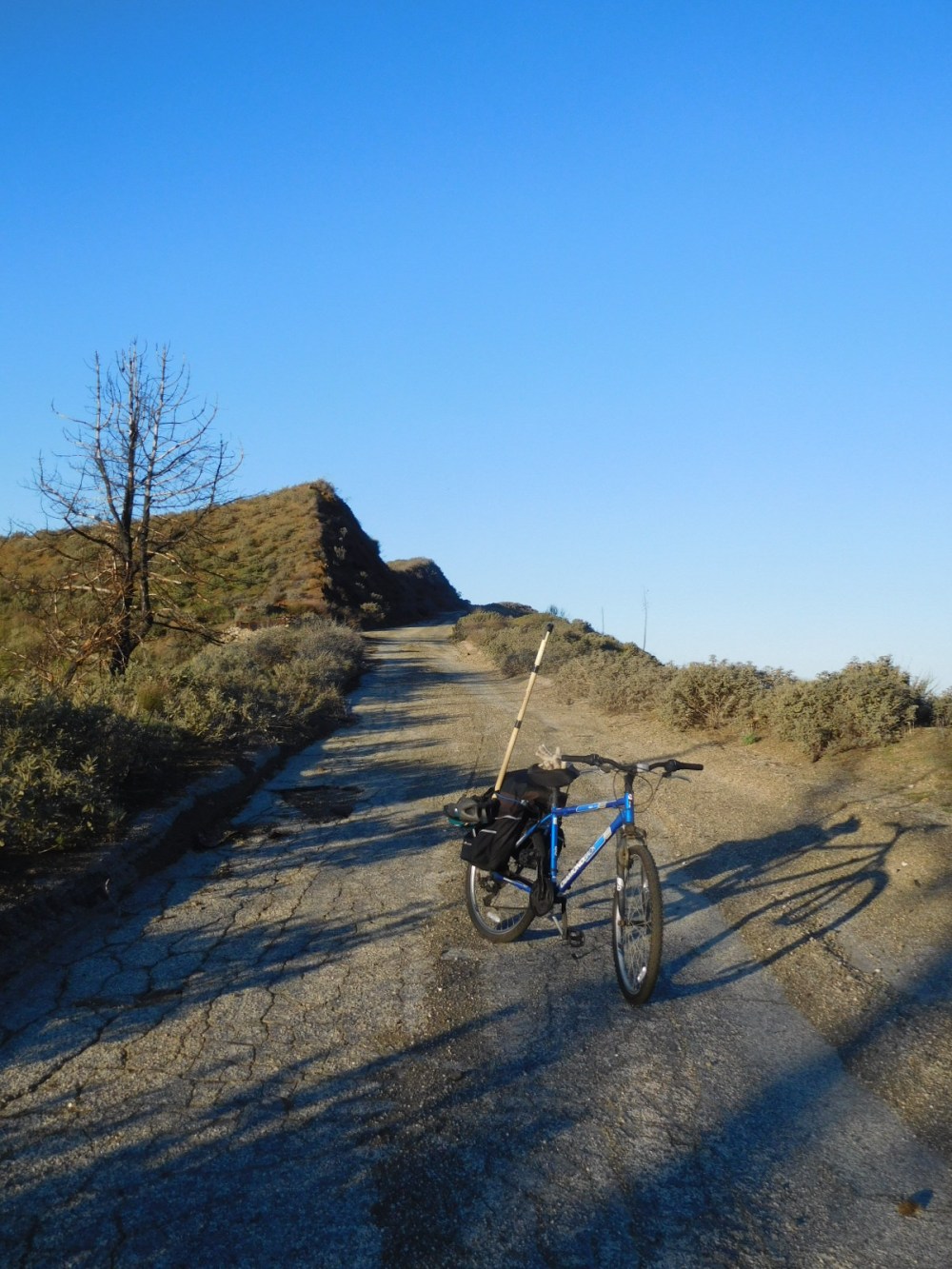
About two thirds of the way up, not as fit as I would like to be but continuing…
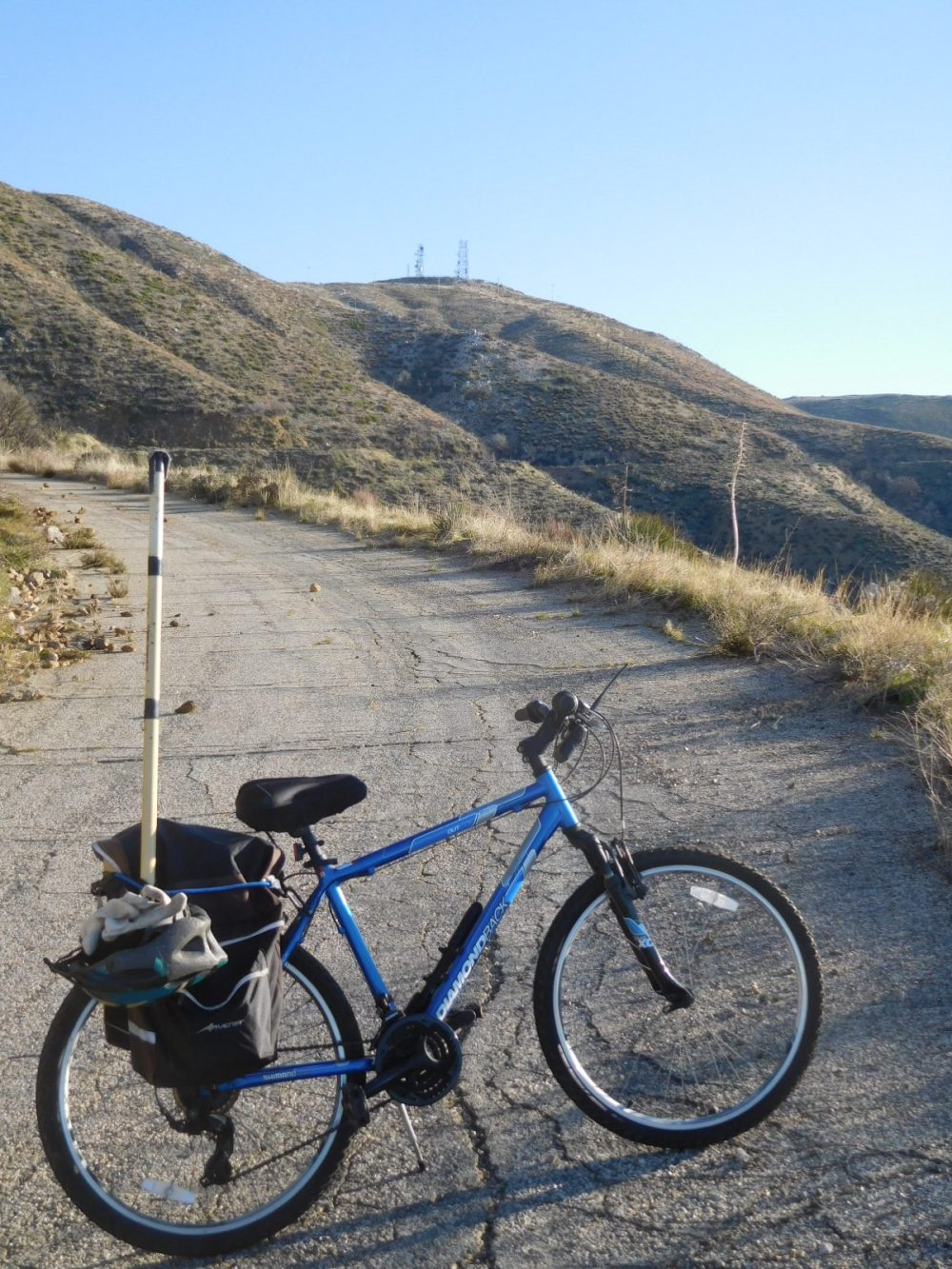
Finally up the poorly maintained spur road leading to the top. Water tanks used for the rocket engines test deluge system are in view:

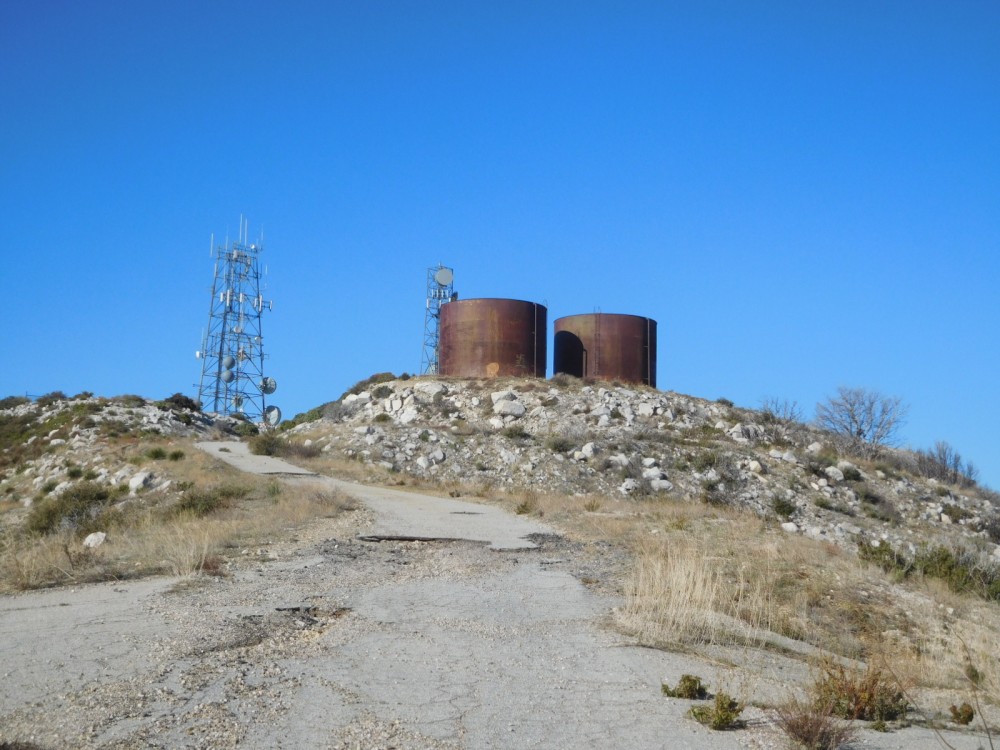
Took 2 hours 50 minutes to reach the top, mainly pushing the bike up the 7 miles and 2000 feet elevation gain. Bike and water tank:
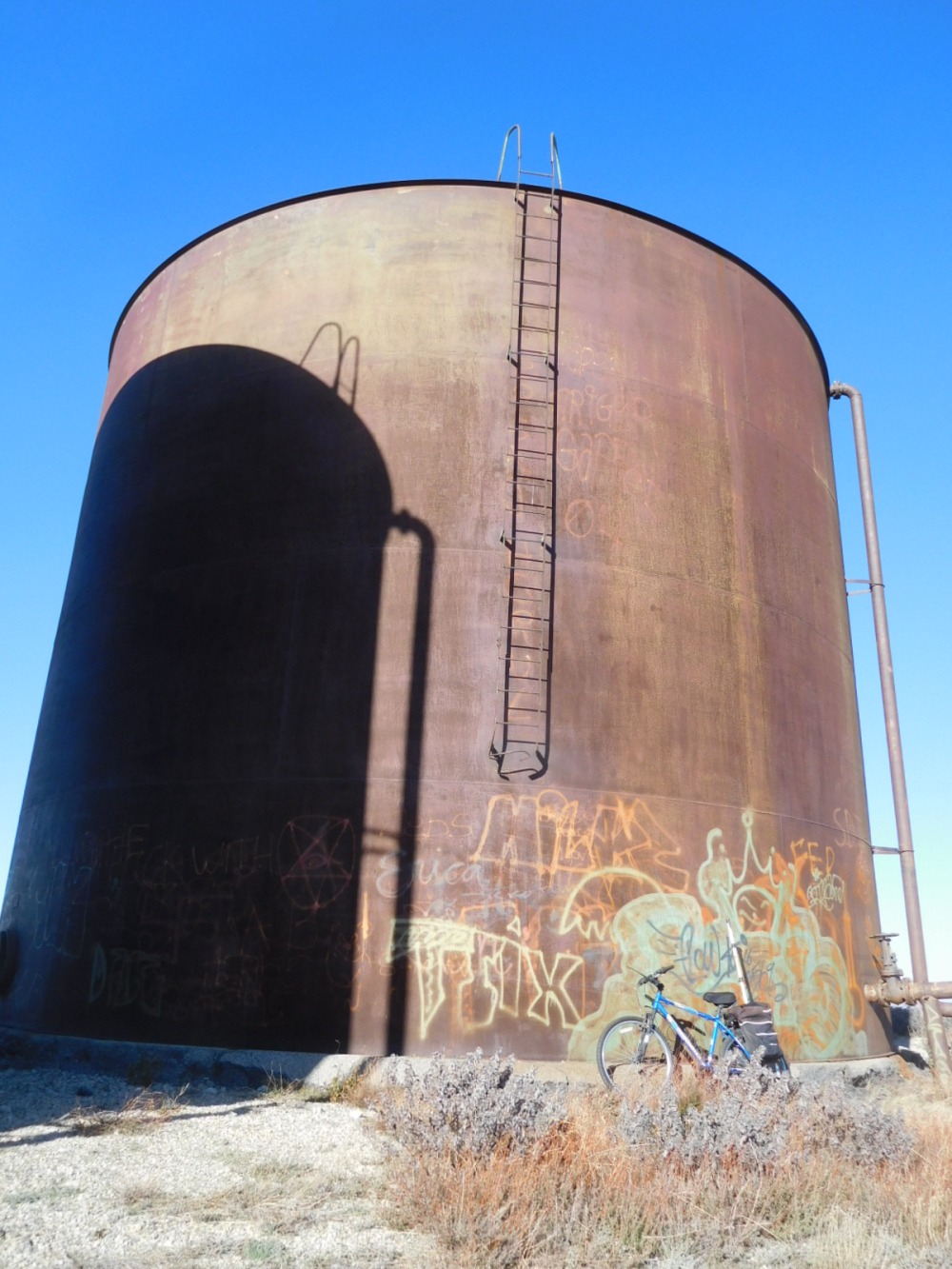
There are two test pads, set up the radio on the higher one. In operation the engine would be held in a test fixture over the exhaust port, now covered by a metal plate:

I set up the flag to commemorate the Apollo missions. The Apollo 9 mission was almost exactly 50 years ago, in March 1969. This mission tested the Apollo Lunar Module, Command Module and Service Module as a system in earth orbit. The LM descent engine and ascent engine were tested, as well as rendezvous techniques, space walks, and docking. The crew was: Jim McDivitt, Dave Scott, and Rusty Schweickart.

Operated on 20m, 30m, and 40m. This seemed to be a great site for radio given the steep drop off from the concrete pad.
| TIME | CALL | BAND | MODE | NOTES |
|---|---|---|---|---|
| 16:50z | N4EX | 14MHz | CW | |
| 16:51z | NK6A | 14MHz | CW | |
| 16:52z | W0MNA | 14MHz | CW | |
| 16:52z | K9IR | 14MHz | CW | |
| 16:52z | W0ERI | 14MHz | CW | |
| 16:53z | K4QS | 14MHz | CW | |
| 16:54z | W4KRN | 14MHz | CW | |
| 16:55z | KI0G | 14MHz | CW | |
| 17:04z | NS7P | 10MHz | CW | |
| 17:06z | W2SE | 10MHz | CW | |
| 17:07z | WB7TJI | 10MHz | CW | |
| 17:08z | K7GT | 10MHz | CW | |
| 17:10z | AD0YM | 10MHz | CW | |
| 17:12z | W5BOS | 10MHz | CW | |
| 17:13z | KI7VEM | 10MHz | CW | |
| 17:20z | VE7EA | 7MHz | CW | |
| 17:23z | KR7RK | 7MHz | CW | |
| 17:24z | NU7Y | 7MHz | CW | |
| 17:24z | K7GT | 7MHz | CW | |
| 17:25z | W6JMP | 7MHz | CW | |
| 17:26z | AA7DK | 7MHz | CW | |
| 17:27z | KE6MT | 7MHz | CW | |
| 17:28z | AB6SO | 7MHz | CW | |
| 17:30z | VA7VJ | 7MHz | CW | |
| 17:31z | W6STR | 7MHz | CW |
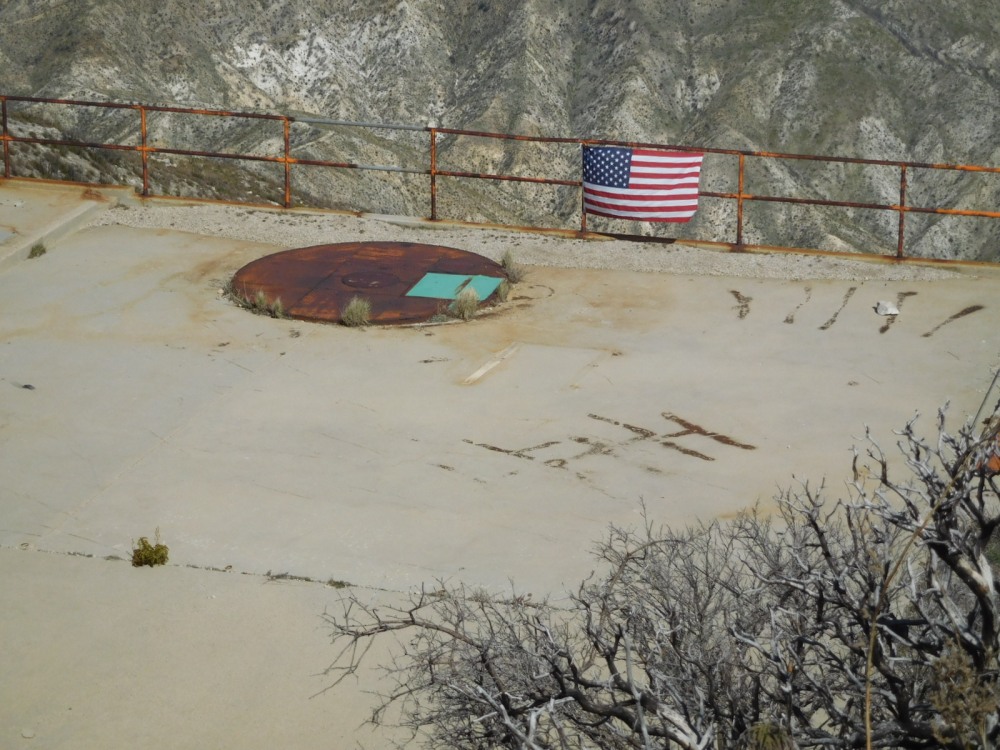
I walked down to get a picture of the pad from below. During a firing test, water from the tanks would be used to cool the exhaust channel. A metal panel can be seen covering the exhaust channel outlet:

Time to head down, concentrating to avoid rocky debris and other obstacles on the road:
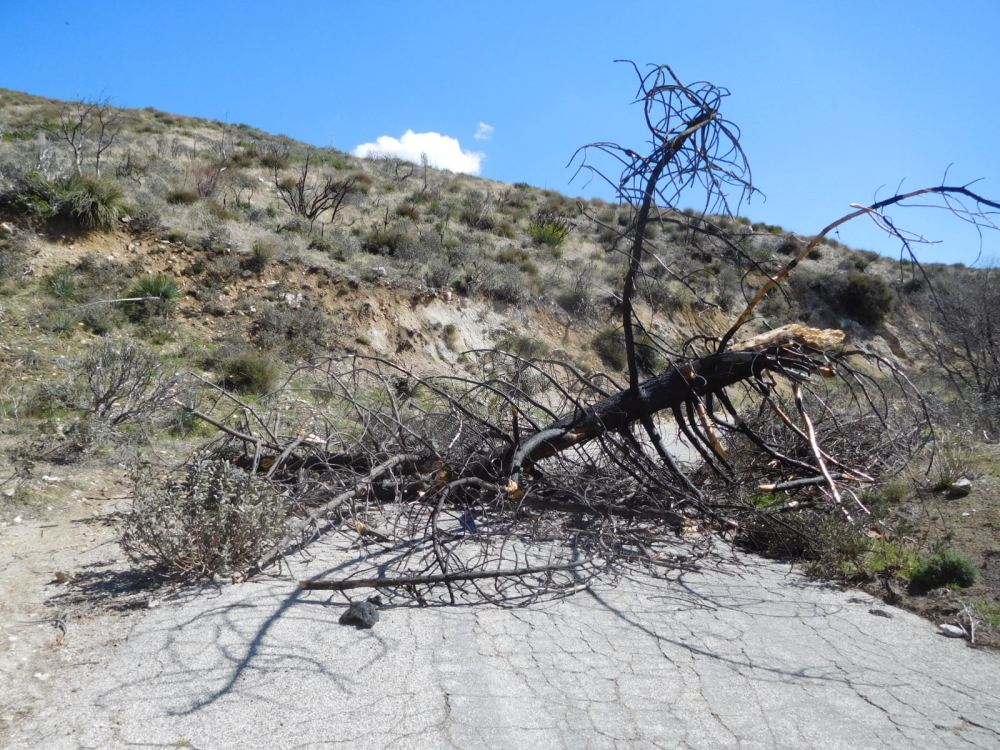
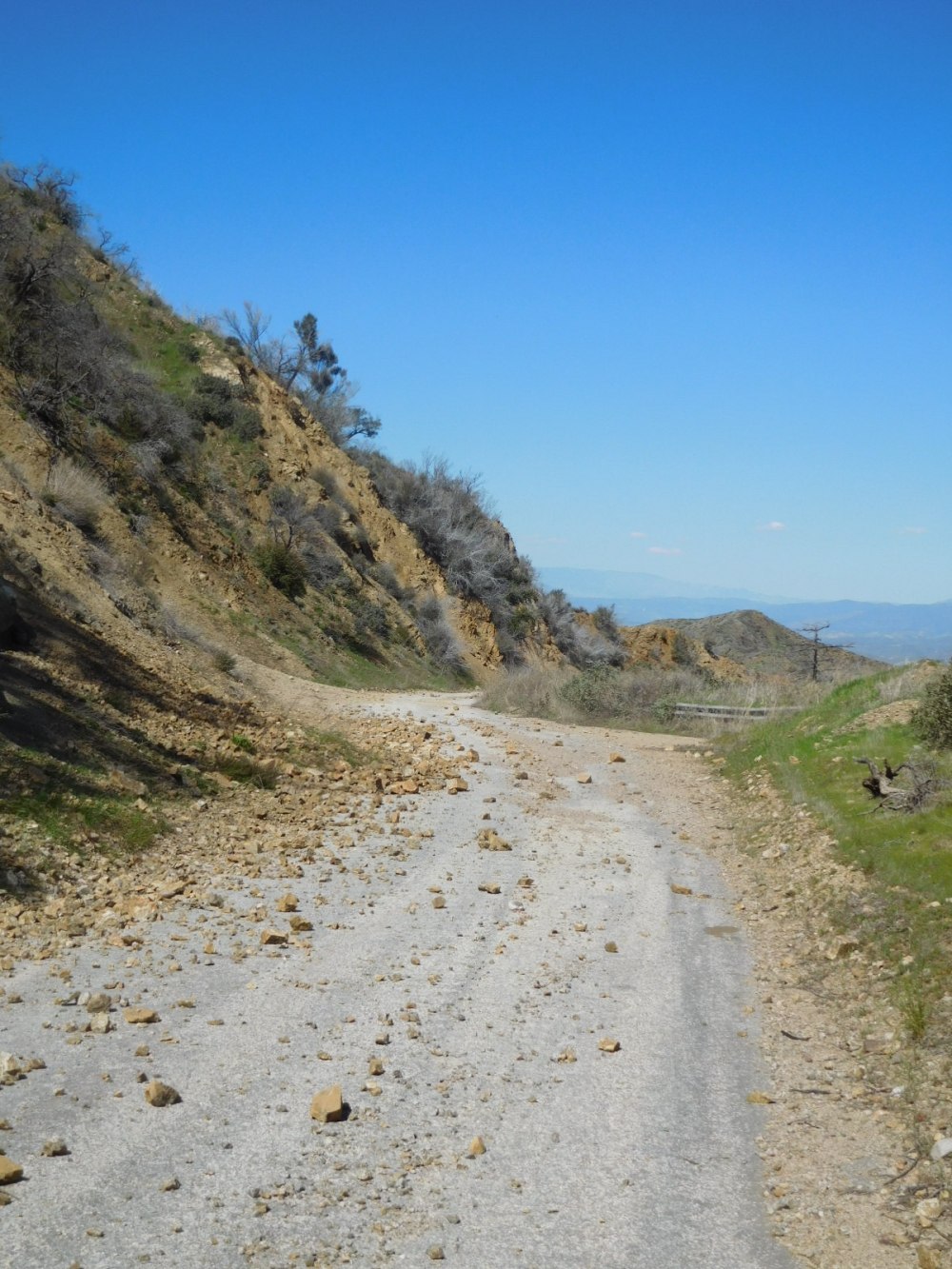
Hopefully the US Forest Service will fix the road some day!
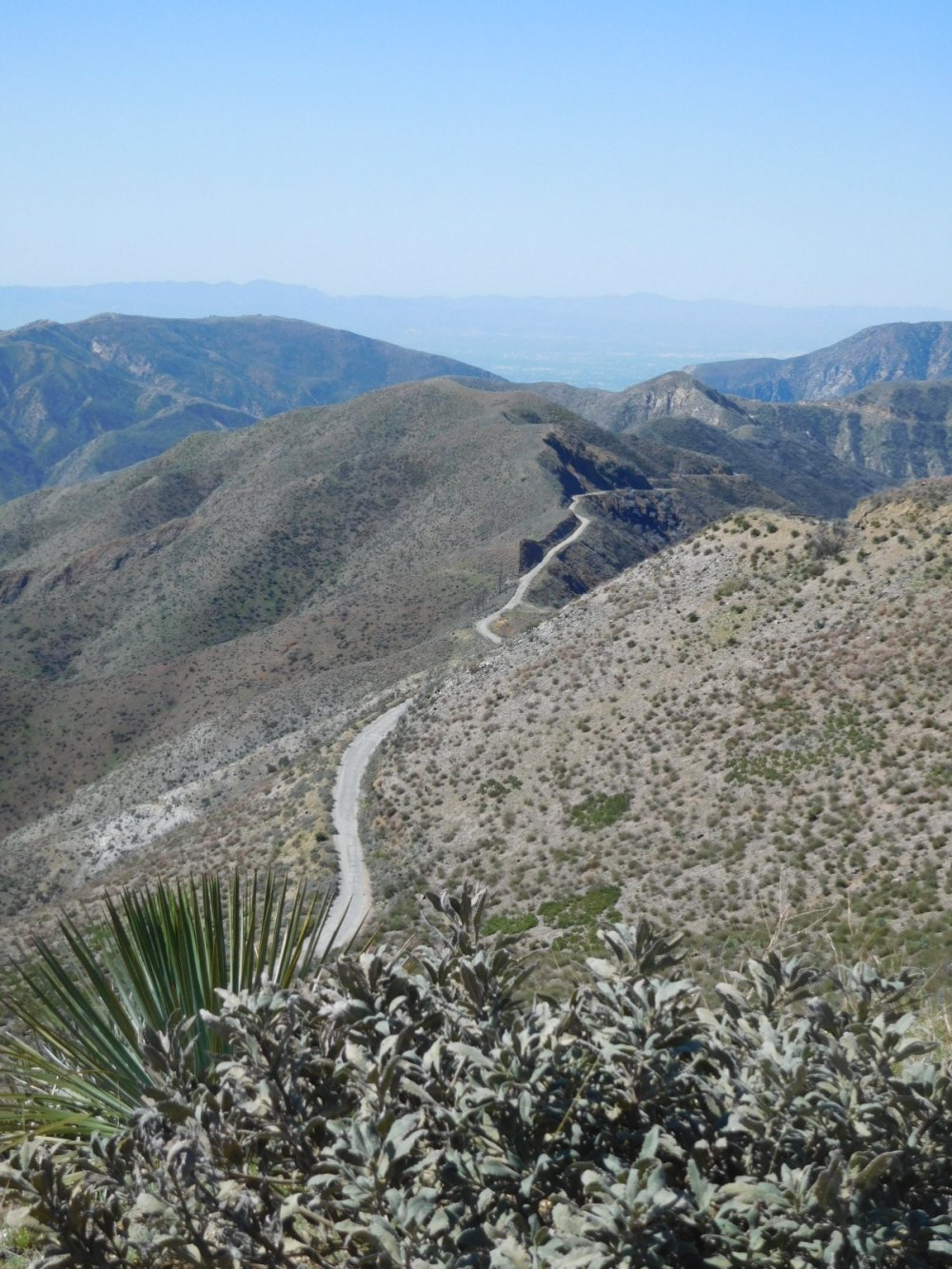
Took only one hour to get down
73! Hal N6JZT
PS
The full Marquardt test report is here:
No comments:
Post a Comment